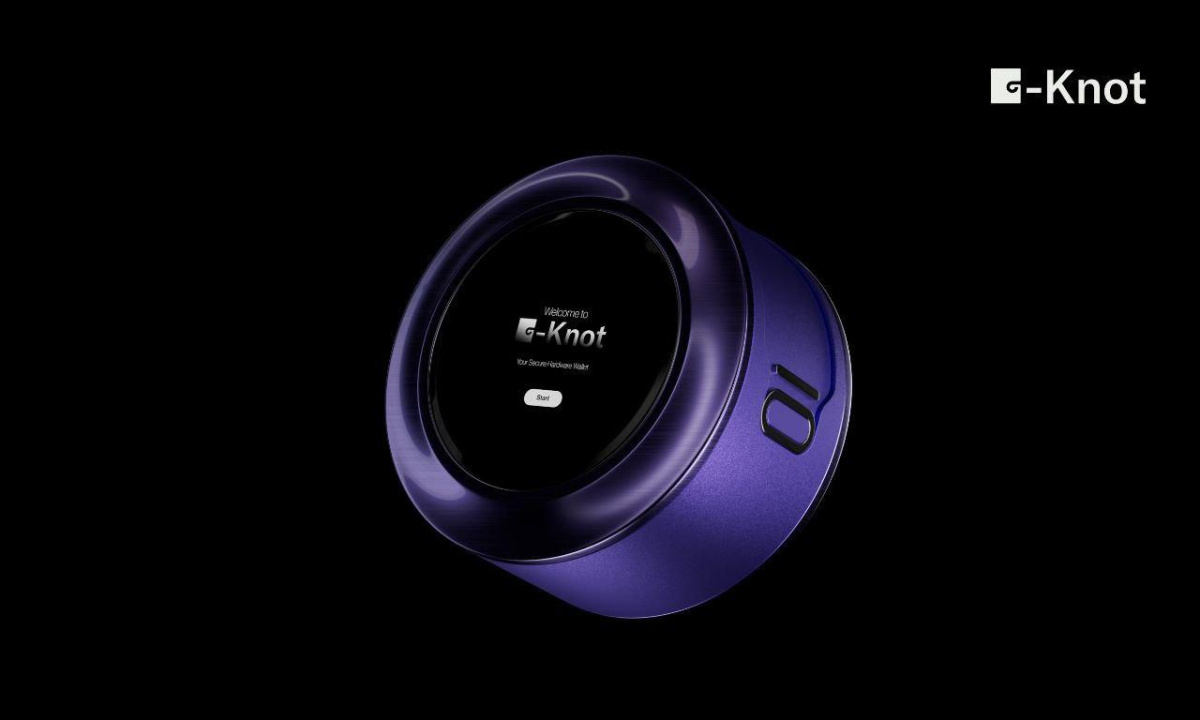To check the activities taking place on the blockchain, you need blockchain explorers; one of the most popular blockchain explorers today is Etherscan Explorer. In this article, Coincu will help you learn how to use Etherscan Explorer to serve your on-chain analysis.
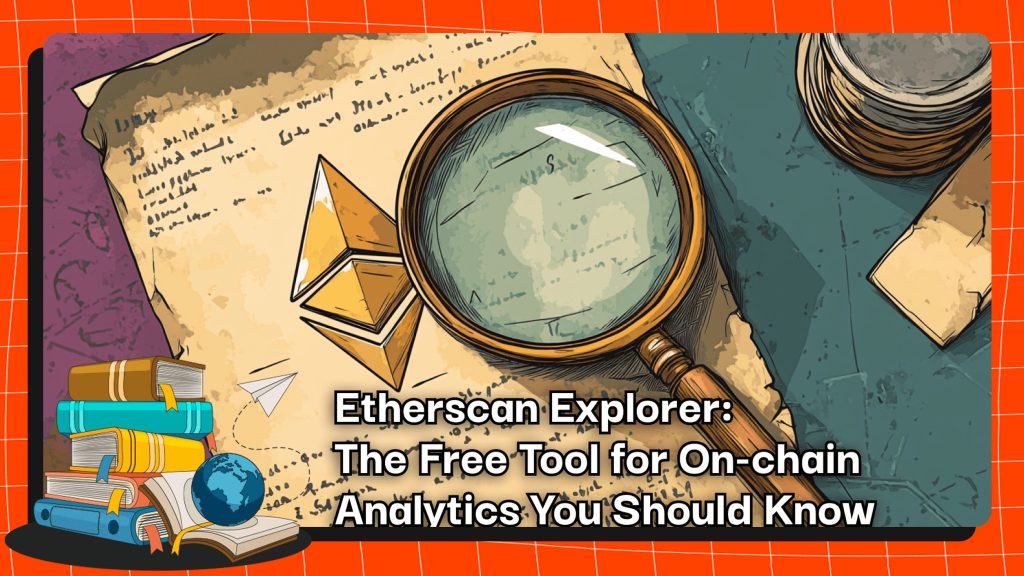
What is Etherscan Explorer?
Etherscan Explorer is an entirely free blockchain explorer, explicitly developed for the Ethereum network, aiding users in real-time transaction tracking and monitoring and providing additional data on wallet addresses, smart contracts, tokens, and a host of other information.
Etherscan Explorer is a bit more than just a simple transaction tracker. In fact, Etherscan takes the role of a complete guide in getting to know and relating to the Ethereum blockchain. It gives an overview of wallet activities and dApps so that users can understand the underlying concept of how the blockchain system works. Furthermore, Etherscan Explorer plays a paramount role in security by flagging any suspicious activity to protect users’ assets and data.
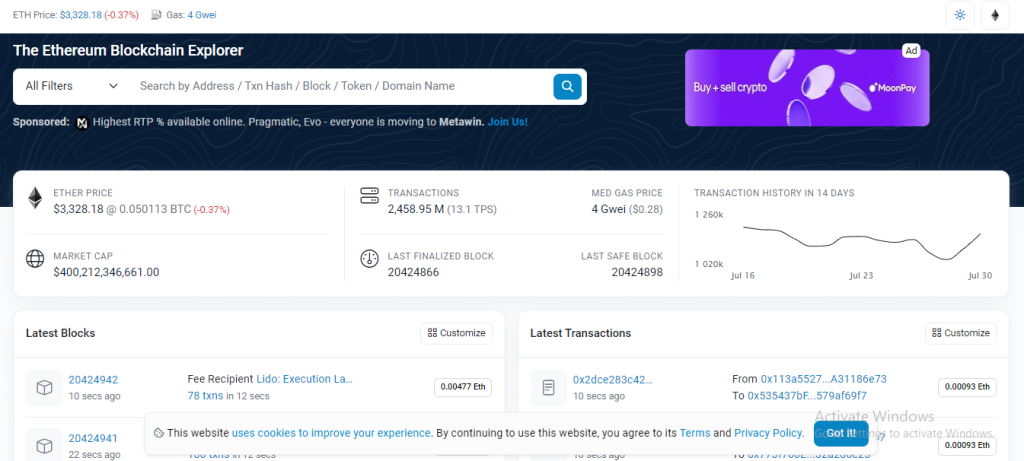
Etherscan is a great platform for everyone trying to go deeper into the depths of Ethereum. The explorer provides complete transparency into all activities taking place on the blockchain and hence makes the space much safer and more aware.
Etherscan Features for Ethereum Users
Transaction Tracking
Easily track and explore Ethereum transactions, including details such as the sender, recipient, timestamp, gas fees, and transaction status.
Address Monitoring
Keep an eye on specific wallet addresses by viewing balances, transaction histories, and tokens held. Users can also subscribe to email notifications for updates on address activity.
Smart Contract Review
Examine and rate smart contracts, providing community feedback on their safety and quality to help others make informed decisions.
Token Discovery
Search for ERC-20 and ERC-721 tokens to get detailed information on their supply, ownership, transaction history, and associated smart contracts.
Read more: Little-Known Facts About ERC-20 Token And ERC-20 Standard
Additional Features
- NFT/DEX Tracking: Follow non-fungible tokens (NFTs) and decentralized exchange (DEX) activities.
- Wallet Address Labelling: Label and organize wallet addresses for better management.
- Smart Contract Verification: Verify the authenticity and functionality of smart contracts.
- Gas Fee Tracking: Monitor gas fees to optimize transaction costs.
- Blockchain Analysis: Conduct in-depth blockchain analysis for research and insights.
- API Service: Utilize Etherscan’s API to integrate its data into your own applications.
How to Use Etherscan?
Transaction Exploration
Etherscan Explorer is frequently used to locate and investigate transactions. Understanding how to search for transactions allows you to access comprehensive blockchain information.
▸ Copy the Transaction Hash: Obtain the unique identifier for the transaction you wish to explore.
▸ Paste it into the Search Bar: Enter the transaction hash into Etherscan’s search bar.
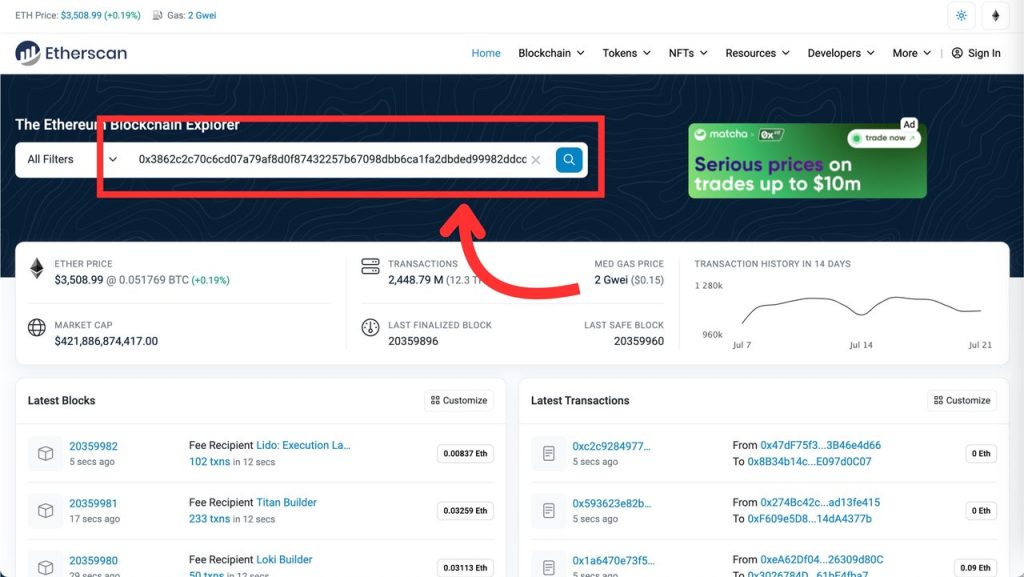
You will be directed to a page displaying the detailed information of the transaction.
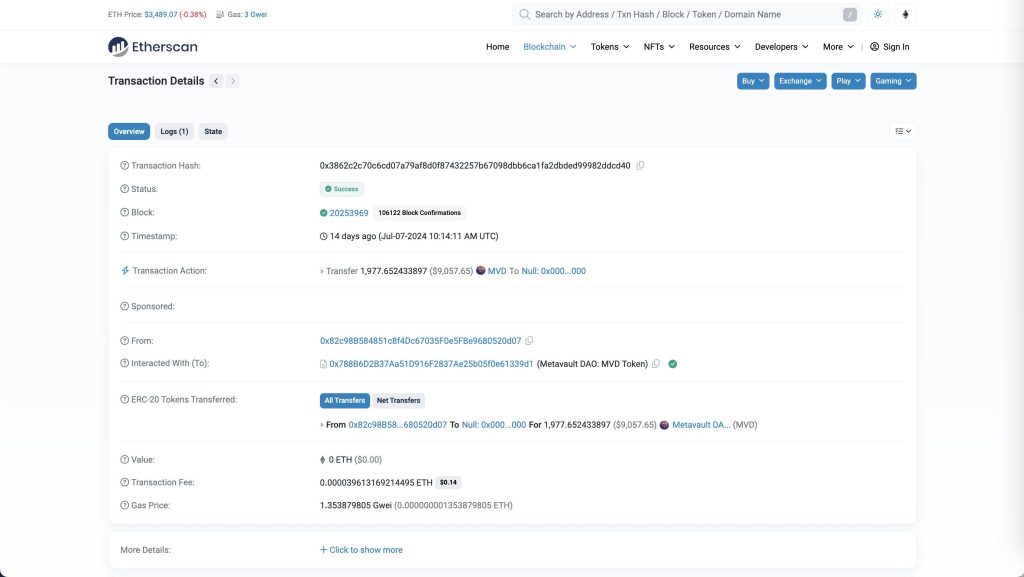
Read more: How To Use Etherscan Effectively?
Wallet Exploration
- Overview of Wallet Addresses
An Ethereum account maintains an ETH balance and can initiate transactions. There are two types of Ethereum accounts:
- Externally Owned Account (EOA): Managed by private keys.
- Contract Addresses: Represent smart contracts that are controlled by code.
To find a wallet address on Etherscan Explorer, use the search box. Here’s an example address: 0xc1422061a63987b4f9ae351e1c7c210353c2372b. You’ll see sections for General Information, Address Details, and Activity.
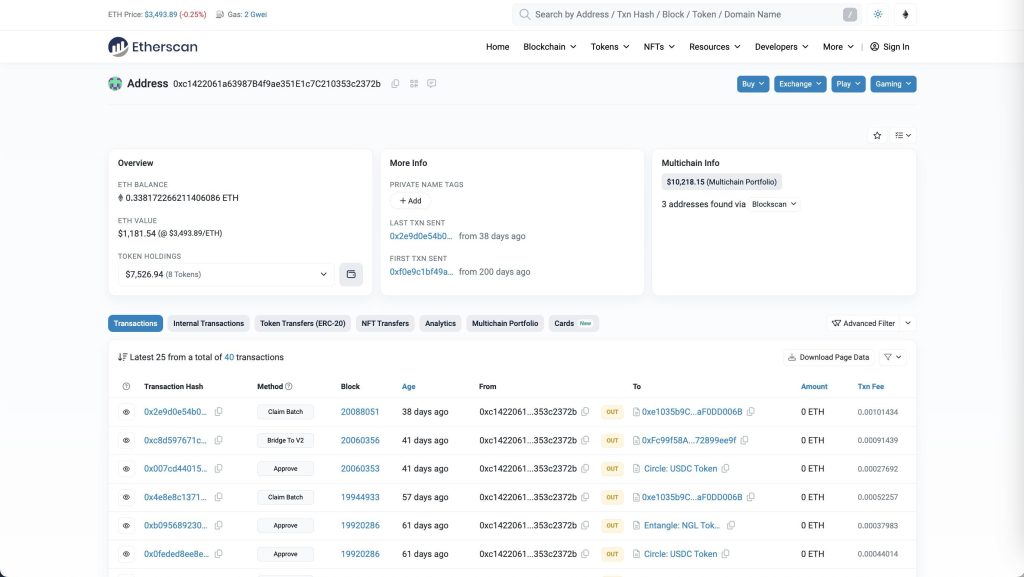
Some basic info you could check is on the image below:
1. Wallet address.
2. ‘Add to watchlist’ button
3. Additional tools.
4. Token holding.
5. Latest transactions
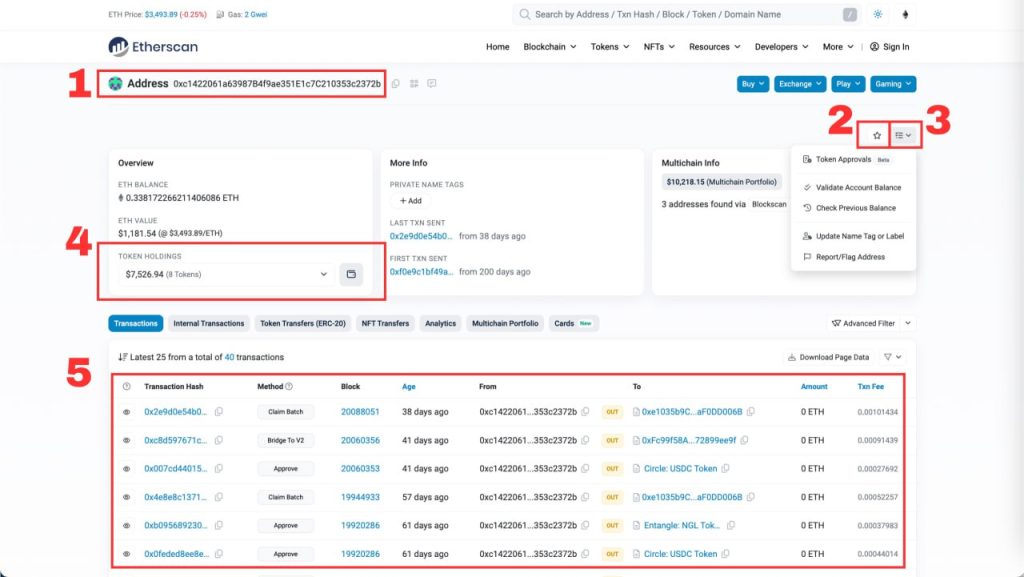
Besides, there will be ‘Public Labels’ that show details of the wallet. As you can see, the wallet shown below is an MEV builder wallet.
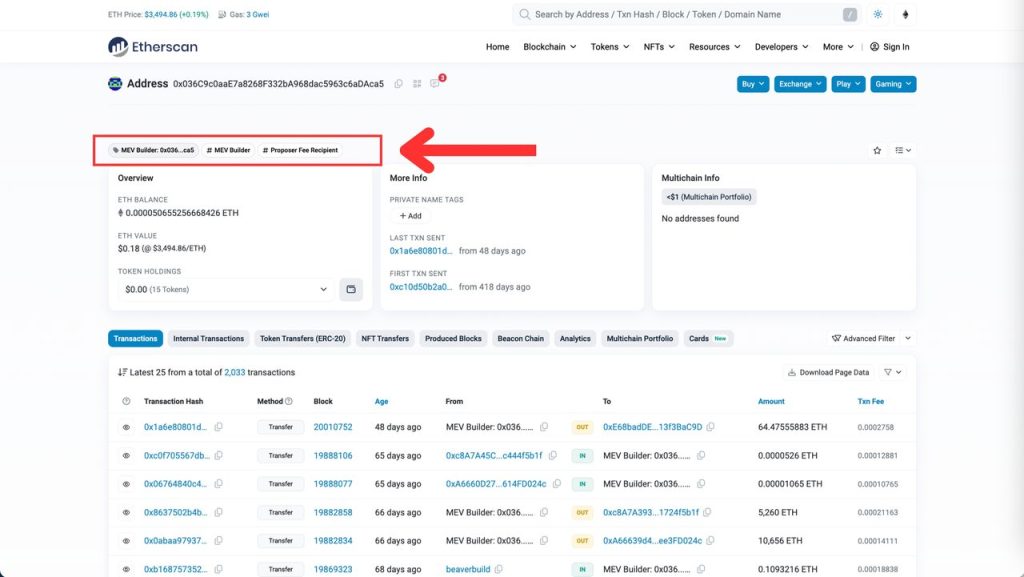
Address Details
▸ ETH value: displays the total ETH value in USD.
▸ Token holdings: shows the total token value in USD.
▸ Private tag: a personal name tag only you can see.
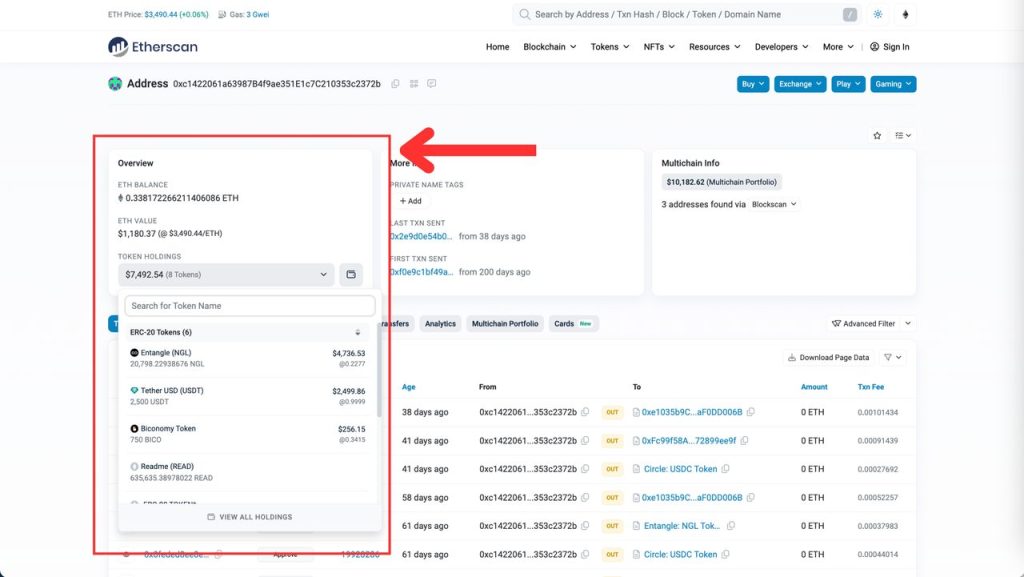
Besides, you can view token holding, which redirects you to a page with token and NFT details.
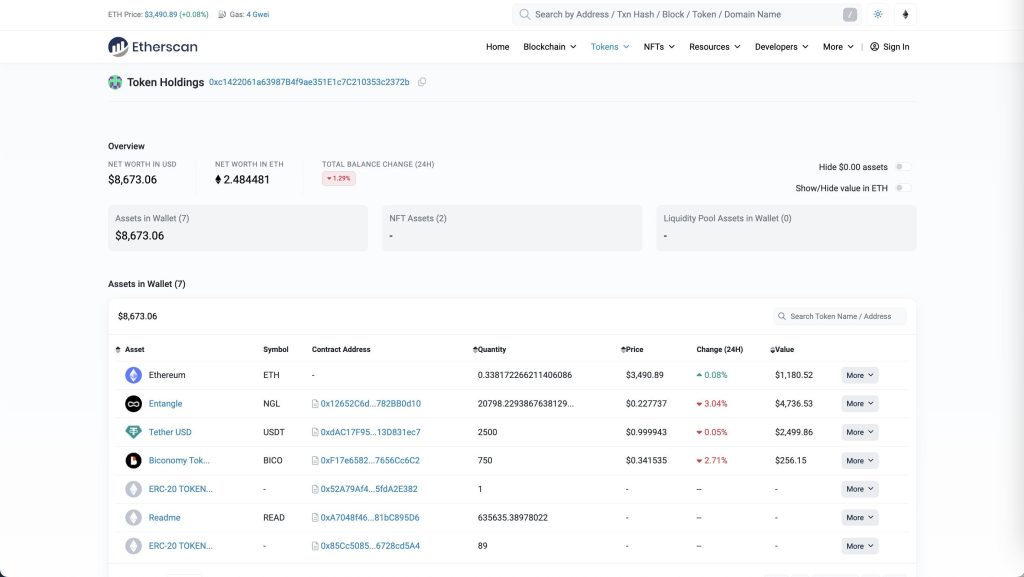
Transaction Filters
As Ethereum addresses accumulate transactions, tracking and analysis can get challenging. In the normal filter, Etherscan Explorer allows you to filter transactions:
▸ Completed/Pending/Failed Transactions.
▸ Ingoing/Outgoing Transactions.
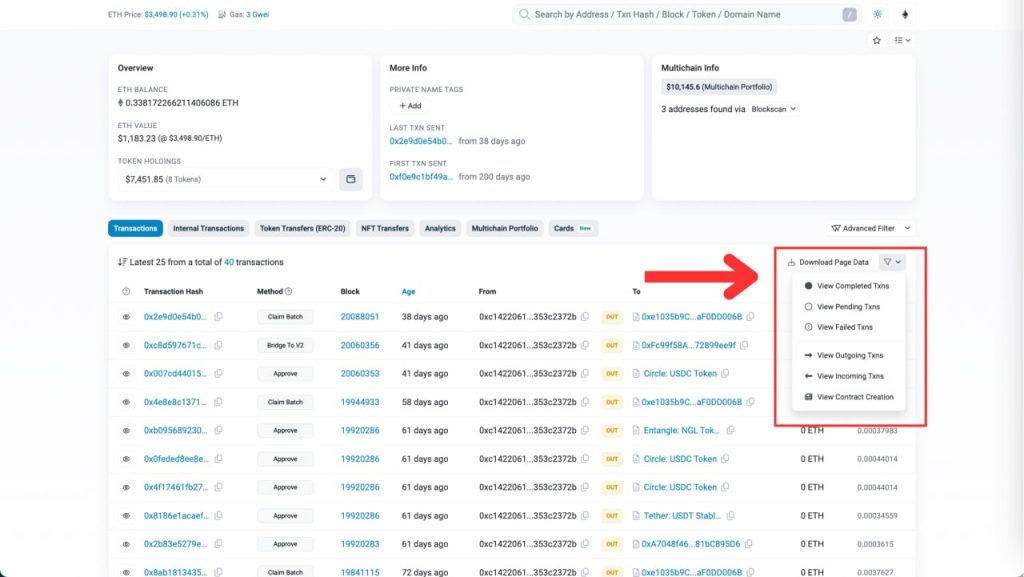
In the advanced filter, users can customize search results based on specific criteria and have a better experience when filtering transactions. The filters include:
▸ Type.
▸ Method.
▸ Age.
▸ From/To address.
▸ Amount.
▸ Asset
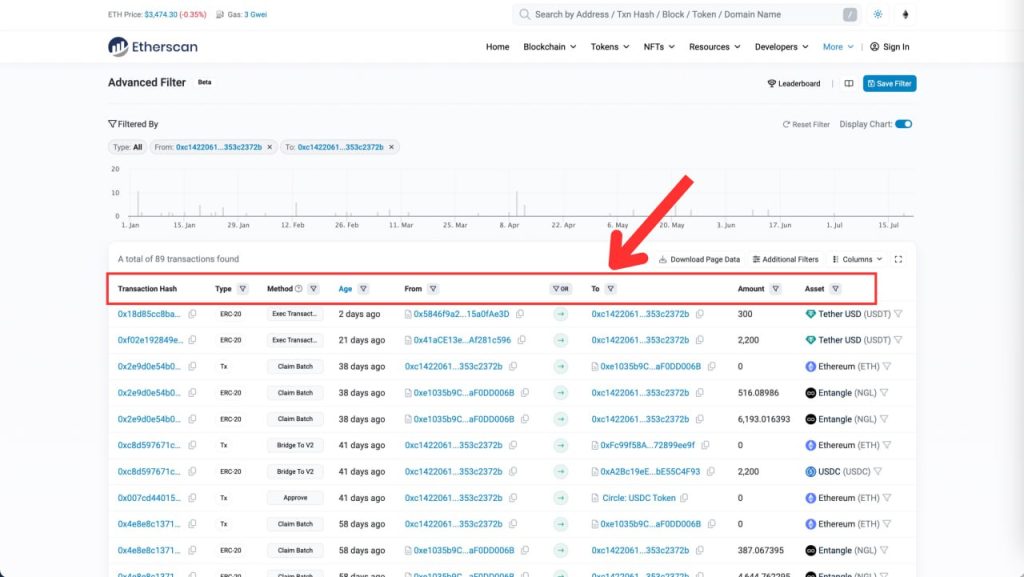
Smart Contract Exploring
Find any smart contract address using the Search box.
The interface includes General Information, Contract Details, and Activity which are similar to the EOA address layout.
Users could have basic information, which is:
▸ Total Supply.
▸ Market Cap.
▸ Holders.
▸ Total Transfers
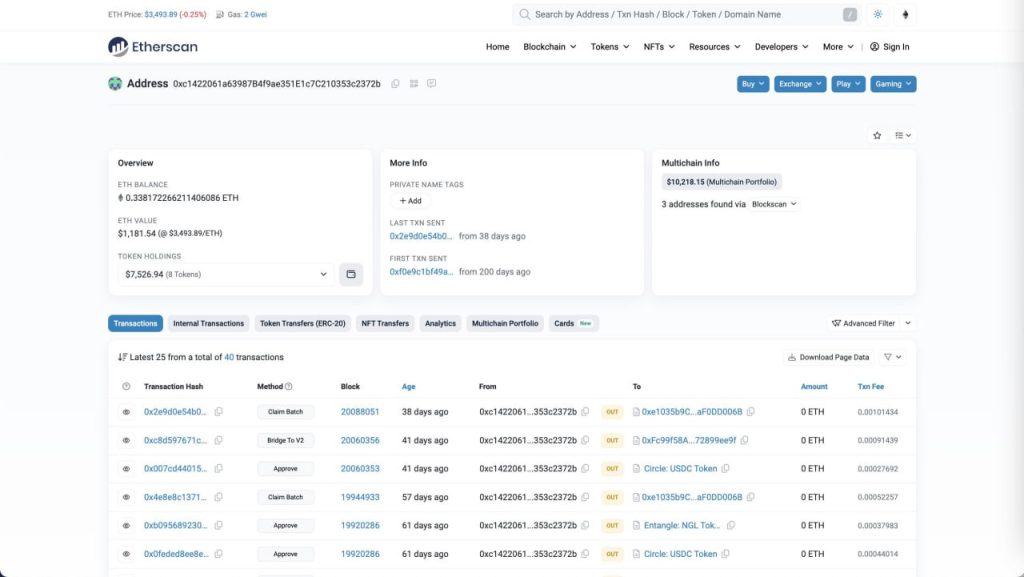
Users can identify the top holders’ wallets and their supply percentage holdings. Additionally, on-chain metrics will be displayed in charts such as:
▸ Transfer Count.
▸ Unique Senders/Receivers.
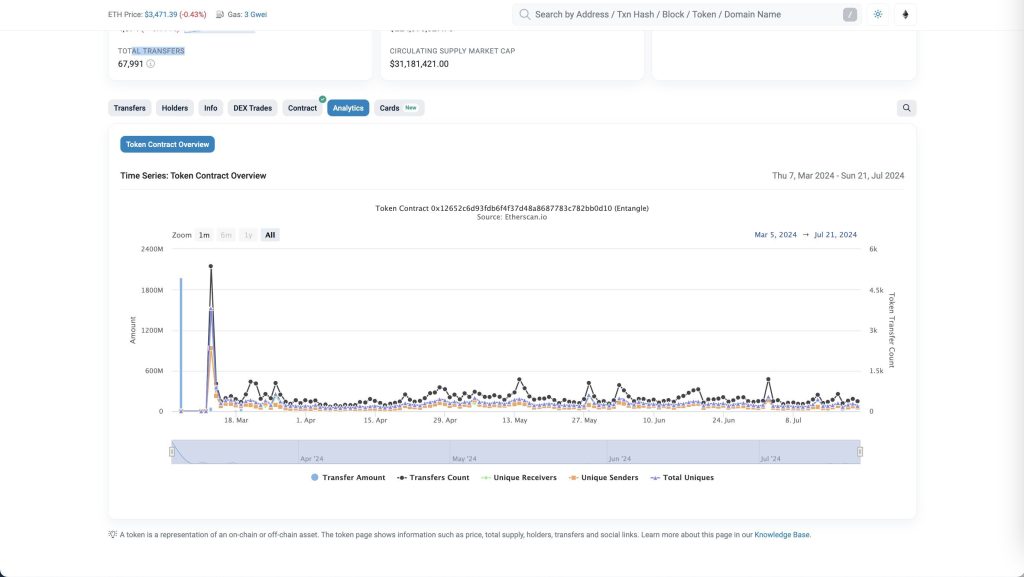
Useful information is fully presented to facilitate on-chain analysis.
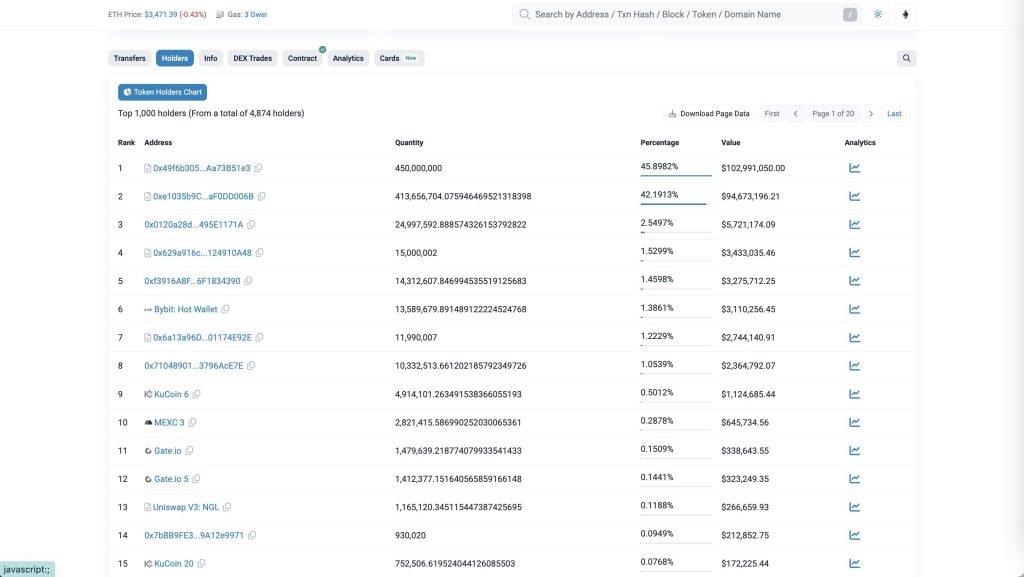
Why Should You Use Etherscan Explorer?
Though blockchain technology is significantly appreciated for its transparency, going through the immense piles of data on the blockchain is not exactly user-friendly. Etherscan Explorer is one of the more potent solutions available to present the Ethereum blockchain data, much like a search engine, thus helping users to make well-informed investment decisions.
Knowing how to work effectively in Etherscan is important for a variety of reasons, including the following:
By using Etherscan explorer, investors are able to see a great variety of activities within blockchains, from decentralized applications (DApps) interactions to transactions, which helps to assess blockchain projects’ legitimacy and performance.
Etherscan explorer helps users track suspicious activities like abnormal transaction patterns and bulk token transfers. With this information, investors are better placed to avoid getting scammed or caught in fraudulent schemes.
With Etherscan explorer, one could track the wallets of the project team. If there’s a huge transfer or selling of tokens suddenly, it means something fishy is happening with the project. Noting this might be important to the investors in deciding whether the project indeed followed up on their stated objectives or if it’s another possible scam.
Since every information pertaining to token transfer and activities regarding the wallet is provided to the investor, Etherscan enables one to make a decision that is relatively more informed. One can study other crypto investors’ and project teams’ behaviours, notice red flags, and hence make safer investment decisions.
Conclusion
Above is the basic information to help you understand what Etherscan Explorer is and how to use it. Hopefully, you can take advantage of this useful tool to serve the analysis and research of crypto projects.
FAQs
Does Etherscan require user account registration?
No. If you are just using Etherscan io to check basic blockchain information, then it is not necessary to register an account.
Is Etherscan free?
Of course. You can access and use all the basic features of Etherscan without paying any fees.
Does using Etherscan reveal personal information?
Since you are the end user, there is virtually no risk involved in using Etherscan. You simply go there to look up information about transactions and wallets without having to provide any personal information. Therefore, you can use this tool with complete peace of mind.
| DISCLAIMER: The information on this website is provided as general market commentary and does not constitute investment advice. We encourage you to do your own research before investing. |






















